The link in your question answers why to use isolation transformers but doesn't state that only one piece of equipment should be connected to it.
As you seem to think, it should be possible to connect multiple devices to the one transformer. One reason for not doing this is that, for some reason, the device needs to be floating (isoltated) relative to the other devices to prevent electrical interaction or strange current return paths between them.
In Europe where 230 V phase to neutral is the norm portable tools are powered on 110 V, centre-grounded transformers. This gives a 55-0-55 secondary (with 110 V between the outer terminals) effectively limiting the shock hazard to 55 V with respect to ground. If either phase shorts to ground its fuse will blow. In the event that the ground connection is lost (which might not be unlikely on a building site) some reduction in risk is provided by the reduced voltage of 110 V.

simulate this circuit – Schematic created using CircuitLab
Figure 1. European tool transformer wiring. Note that the grounded centre-tap limits the phase voltage to 55 V AC.
In this case it is also permissible to connect multiple tools to the one transformer. The first one to fault will blow the fuse and stop them all.
